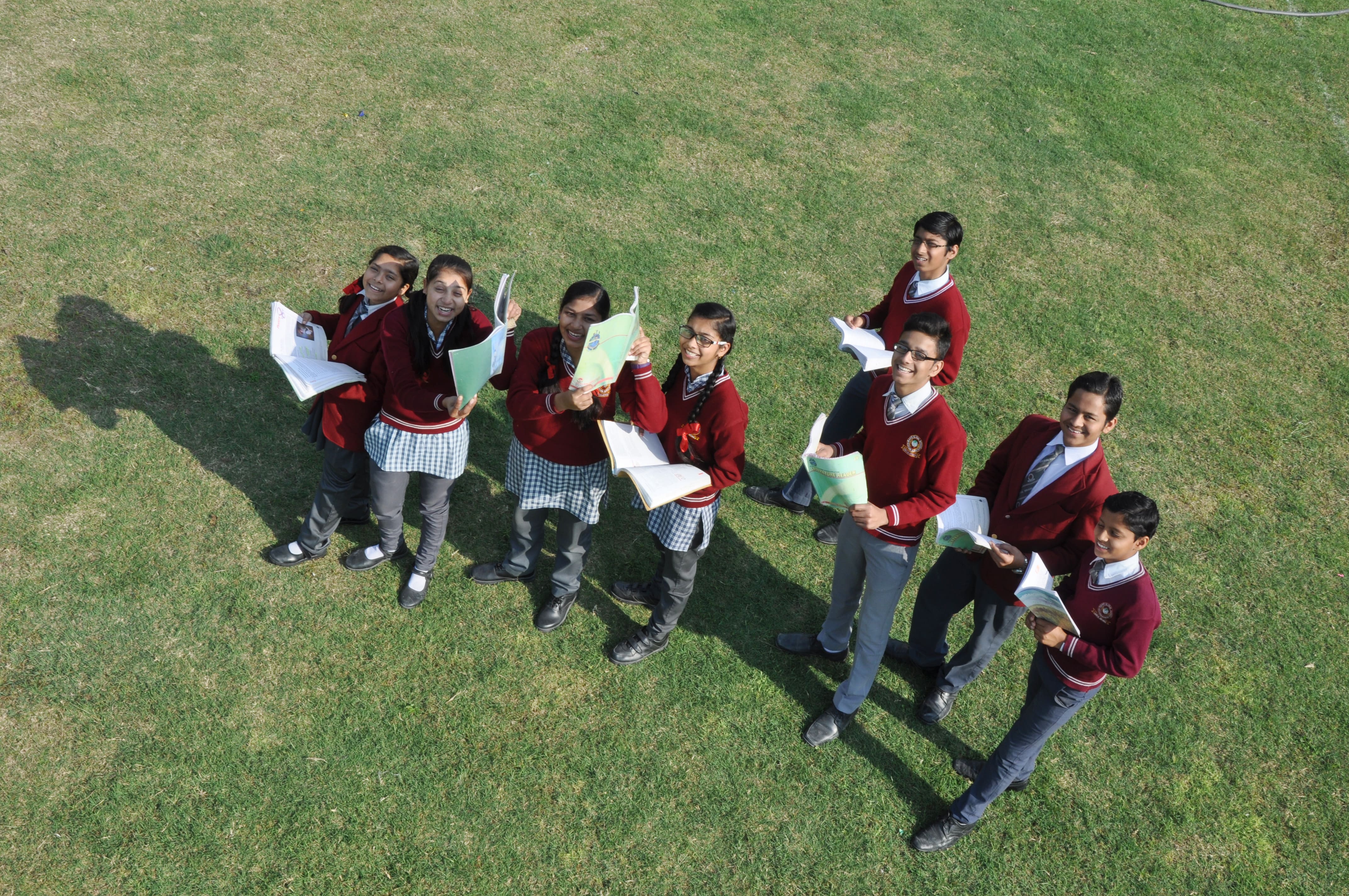Physics
Physics
Departmental Aims
Physics looks to explain the Universe around us, from classical everyday experiences to interactions on the smallest sub-atomic and largest astronomical scale. As a department, we aim to prepare students for exam performance whilst stretching their horizons and imparting some of the passion we have for the subject. All of this takes place in our Science Centre, providing outstanding facilities for the physicists of the future.
Facilities
- Our Science Centre was completed in 2017 to the highest of specifications, providing an outstanding facility for teaching and learning. The Centre includes 3 specialist Physics laboratories alongside general Science laboratories.
- All laboratories are fully stocked with practical equipment to experimentally investigate the theory being covered. Further equipment is held in our two preparation rooms to provide an interactive core to lessons. Our full time technician ensures the smooth running of practical activities.
- Six full-time, Physics specialist teachers have a wealth of knowledge, experience and enthusiasm to push each student to fulfil their potential.
A Level Curriculum
We follow the OCR A specification for Physics. We feel this specification gives the greatest range of study; including quantum, nuclear and medical physics. Along with the rigorous demands of the examinations, the specification provides a good basis for further study of Physics or related subjects.
- Forces and motion (Motion, Forces in action, Work energy and power, Materials, Laws of motion and momentum)
This unit covers more advanced classical mechanics, moving away from one-dimensional problems to those in two dimensions and removing some of the simplifications used in GCSE Physics. The materials topic is especially useful for those considering study of engineering or materials science.
- Electrons, waves and photons (Charge and current, Energy power and resistance, Electrical circuits, Waves, Quantum physics)
This unit covers more advanced circuits, introducing Kirchhoff’s laws as a way of calculating currents and voltages. The waves topic covers the physics underlying the production of musical notes from instruments and the surprising consequences of interfering waves. Quantum physics introduces the concept of wave-particle duality through phenomena and calculations.
- Newtonian world and astrophysics (Thermal physics, Circular motion, Oscillations, Gravitational fields, Astrophysics and cosmology)
The second year of the A level course introduces many more topics for the first time. Circular motion, gravitational fields and astrophysics combine to explain the basic structure of solar systems whilst giving individually impressive conclusions such as the value of g and the sloped nature of high-speed racing tracks.
- Particles and medical physics (Capacitors, Electric fields, Electromagnetism, Nuclear and particle physics, Medical imaging)
This unit introduces the capacitor, one of the most prevalent and important electrical components. The interaction between electricity and magnetism is vital for electricity production; in this unit students use the powerful equations underlying this relationship. Subatomic particles are introduced along with mass-energy, which fuels the Sun and is the emerging future of electricity production on Earth. Medical physics introduces the processes behind each of the most common medical scans.
- Practical endorsement
Practical work forms a large basis of the A level Physics course. At the end of the A level pupils will receive a ‘practical endorsement’ classification in addition to their A level grade.
Co-curricular, Enrichment, Extension and Support
- Sixth Form Science Society is led by students, a variety of activities are organised from the Science Fair for years 6 to 8 to the Sixth Form Science Dinner.
- One-to-one support sessions are led by Physics teachers, where students can come along to get help with specific areas of the course.
- The British Physics Olympiad competitions in Year 12 and Year 13 are open to all students.
- Visits are made to Cambridge University for a lecture series by prominent academics.
- A visit is made to a manufacturing symposium at Cranfield University.







 sixth form curriculum - Physics
sixth form curriculum - Physics





